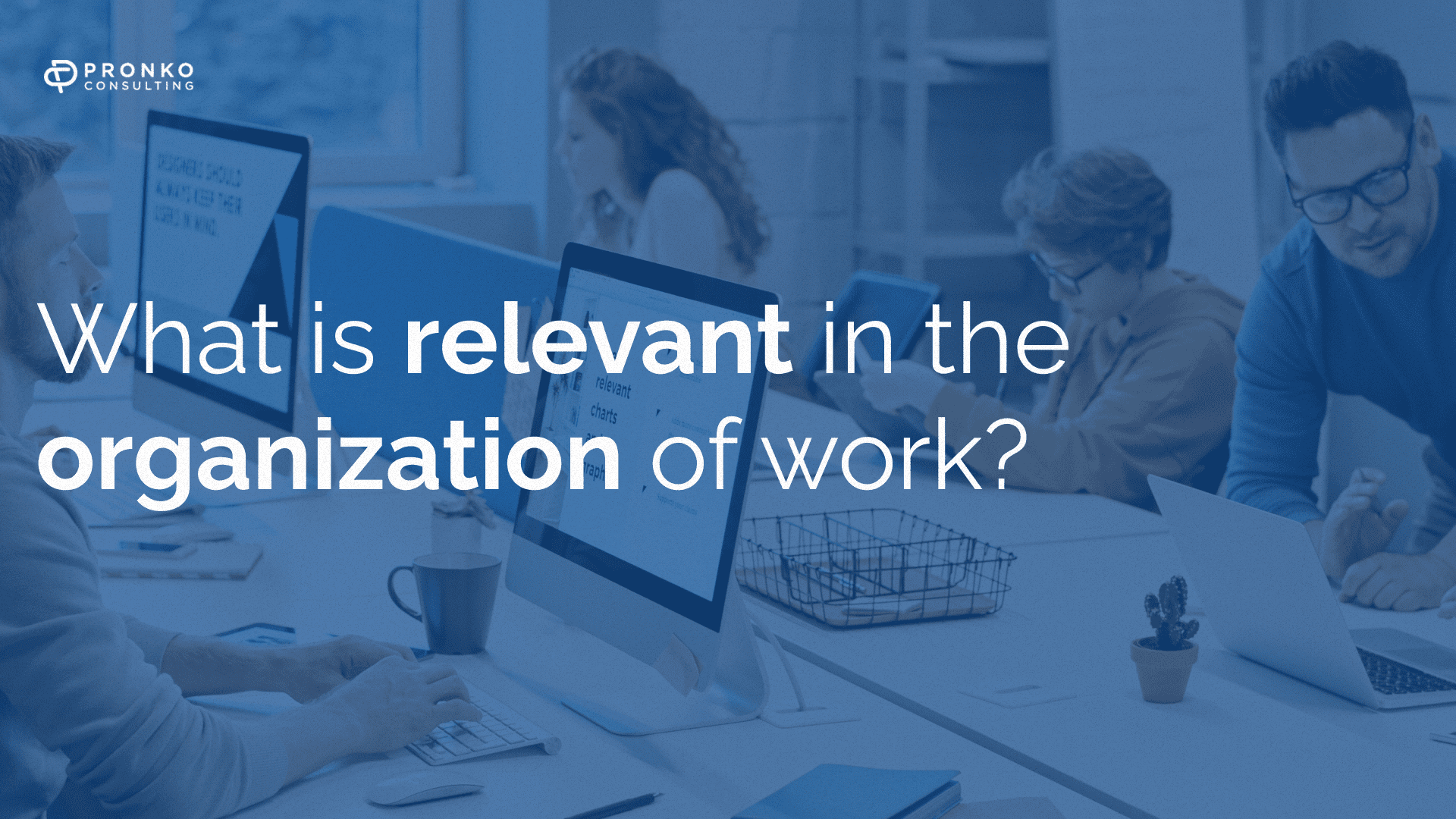4 main trends in work organization in 2022

In July 2021, a study by the American company Loom showed that changes have occurred not only in remote work organizations but also in employees' attitudes toward working from home. What's trending now?
Work from anywhere in the world
Among all the trends, a mixed type of work will remain - from the office and remotely from home. If working from one's apartment seemed incomprehensible two years ago, today, every second survey confirms that people prefer to work in a hybrid mode. For example, at the company Loom, about 50% of the surveyed employees are ready to work from home for at least half of the working week. And also perform work tasks in a cafe, warm beach, or even another country.
Having worked remotely for the past two years, employees have thoroughly trained their skills in using online technologies, mastered video conferences, and gotten used to regular messages in the general work chat. And it is not difficult for the business itself to correctly approach the organization of remote office work by selecting the necessary software and carrying out onboarding and adaptation to the new product.
The peculiarity of the hybrid work format is in maintaining productivity. For example, there are employees for whom communication, the atmosphere of the office, and the trip to the office itself are significant motivations. Using services for constant interaction of employees with shared access to projects in Word, PowerPoint, and other programs, holding online conferences for all colleagues, and maintaining regular communication through corporate mail is the optimal solution for them.
Artificial intelligence and new solutions
The World Economic Forum actively declares this trend. According to him, about 97 million new jobs will be created in four years thanks to artificial intelligence (AI). It even offers an algorithm for how current employees can adapt to automation in the workplace:
- AI will repeat the work of an ordinary employee.
- A person will have to monitor the absence of failures and gradually move away from processes that can be brought to automation.
- A person will be able to pay more attention to those areas of work that require a creative approach and emotional intelligence.
Artificial intelligence can independently notice, evaluate and analyze the processes of the virtual world. Therefore, it is increasingly involved in cyber security. A person can practically not track all threats from different channels by hand. In this case, AI capabilities are connected to recognize and prevent threats. Cyber security products can protect e-mail, corporate networks, and cloud infrastructure. A human connects at the moment when the AI has pre-blocked the danger.
Fewer roles, more skills
It is good news for the employees themselves. This trend, which developed in the previous decade, will also be relevant next year. The business will not prioritize position and status in the work environment but value fundamental skills.
The research company Gartner notes that the emphasis on the skills and abilities of employees creates a competitive advantage for the business itself in the market. Recently, there has been a reasonably clear tendency to move to flat matrix organizational structures, where there is no hierarchical pyramid and division into departments with subordination to specific individuals. Therefore, the boundaries of roles based on employees' compliance are erased in such schemes.
Emphasis on skills and competence development has several advantages:
- solving business tasks for your level of knowledge;
- stimulation of innovations;
- simple and fast communication.
From the psychology of success, employees focused on improving their skills rather than on the correct performance of role responsibilities have an increased desire for development. In addition, keeping people at work who simply redistribute tasks in a hierarchical structure is inconvenient due to a lack of knowledge and awareness in the required field.
More digital and the transition to a new information space
A significant benefit that comes with using all digital technologies is flexibility. Opting for a remote office allows organizations to:
- quickly and flexibly scale within the same structure;
- save and optimize resources without the need to maintain physical equipment for the information infrastructure;
- ensure security and protect data with recovery through backups.
The remote office is possible with the appropriate software, and the correct choice will guarantee the effective long-term operation of the company.
Another option for introducing digital technologies is the creation of chatbots that convey essential information and comments and organize meetings and other events for employees. These innovations are partially non-feedback, so you need to use them based on business tasks. In addition, employees need constant interaction in messengers or group chats.
Learn more: Business analytics is a must-have for the development of a modern company
From AI to digital: conclusions
2022, from the point of view of the organization of the office's work, retains all the achievements of the previous years. Adaptation and modernization to meet the needs of new business tasks and local transformations are taking place. Companies need to organize their work in advance to make changes quickly. Flexibility in creating work processes is becoming one of the essential requirements for modern business.
The key trends remain hybridity, artificial intelligence, and the widespread transition of the business to digital technologies in all industries. No less important is the readiness of the business to introduce new technological services into the company's usual processes. However, it is worth taking care of the comfort and motivation of employees - this also becomes a priority task.
